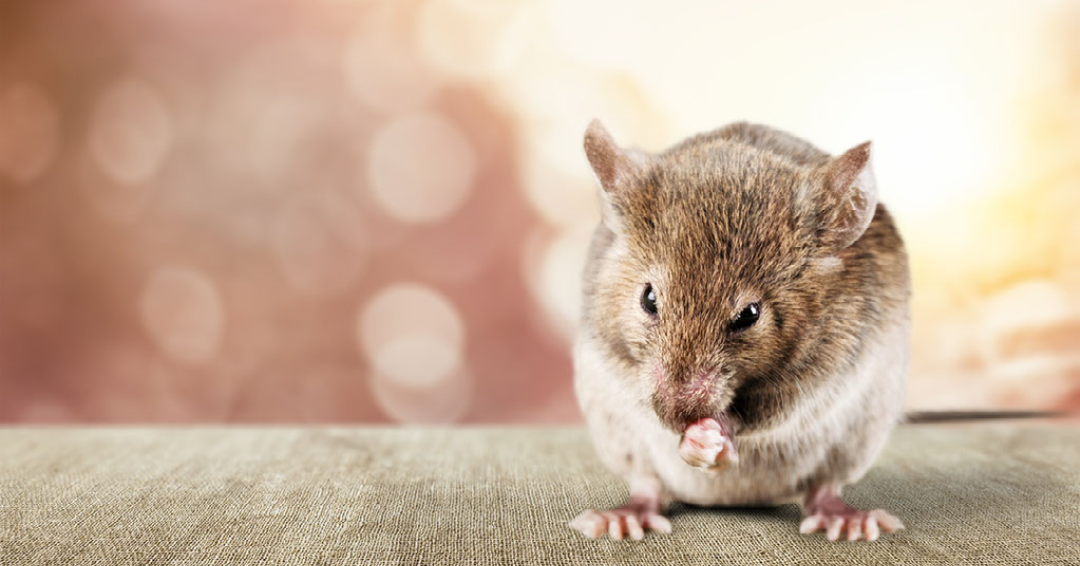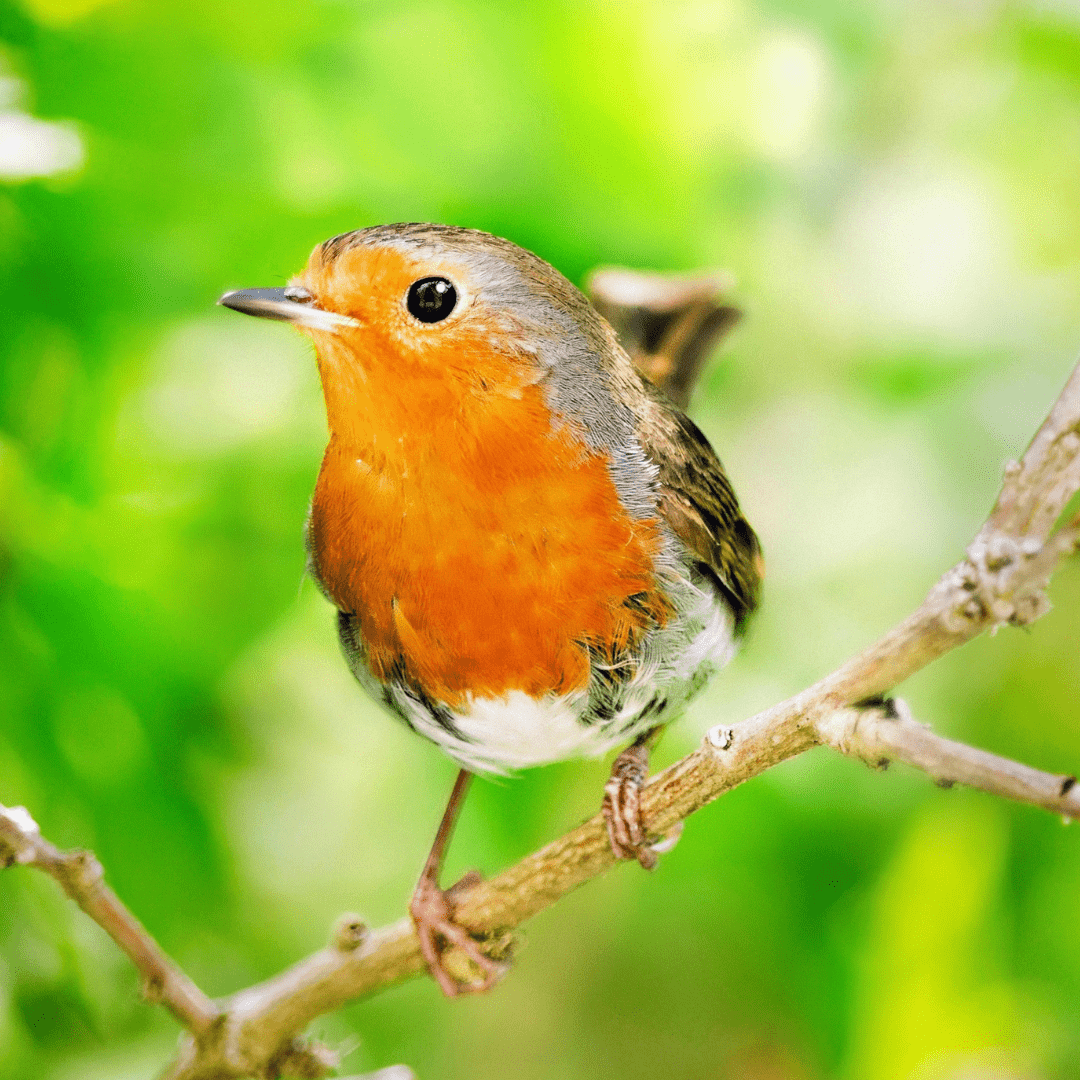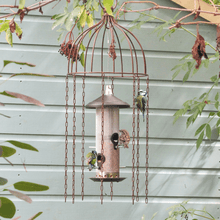How to discourage rodents from eating your bird food

As much as we all enjoy encouraging wildlife to our gardens, we may not feel quite the same way about inviting in rats and mice. Although there are poisons on the market that can effectively get rid of any rat population swiftly, they can also be eaten by hedgehogs and enter the food chain, with a devastating effect on local wildlife (including the birds we love). If we completely rat-proof a garden, sealing holes in the fence and tidying away piles of sticks and dried leaves that could provide homes for rats, we also get rid of potential homes for other animals, as well as stopping hedgehogs from getting between gardens.
If you would like to discourage rats and mice without discouraging other wildlife, read on!
Think about where you hang your bird feeders
Rats and mice fear larger mammals and birds of prey and dislike going across open areas where they are more likely to be caught, so position your bird feeders in the middle of your garden so that the rats have to expose themselves to predators as they go in search of food. Feeders hung from branches will also be easier for rats to access, so a feeding pole in the middle of the garden is a better option all round. Keep the feeders away from the house to ensure that the rats aren’t tempted inside, particularly in warmer weather when you may have the doors open. Ensure that the house itself is well sealed against rats and mice, remembering that they can get in through the smallest opening. I use Raxit products to pest-proof my manufacturing space.
Keep the area below the feeders clean
Position the feeders over patio rather than grass to make sure it is easy to sweep. Rats are more likely to come to your garden at night (if you see some in the day it is likely there are more after dark) so ensure the area below the feeder is swept clean at the end of each day, and put food out first thing in the morning so that the majority is gone by bedtime. Although rats will climb a feeding pole if they know food is up there, they are more likely to be tempted in by food on the floor first.
Try a Giant Seed Tray
Our giant seed tray sits on your feeding pole beneath the feeders and catches any dropped seed from above. The lipped sides are too hard for a rat to climb over, which stops them from getting to the feeders above, and as long as your feeding pole is positioned in an open space away from branches, the tray will prevent squirrels too.
Use the best quality food
Cheap bird food mixes contain less popular ingredients (wheat, maize and dried peas) which the birds will kick onto the floor, and the uneaten food will encourage rats. Choose a husk free blend made up of quality ingredients (our bird food is ideal!) to reduce wasted food ending up on the floor.
Store your food carefully
If you are storing bird food in a shed or outhouse, ensure you use a well sealed, galvanised metal bin so that rats can’t chew their way through. Fill your feeders over the bin, rather than in position, to reduce the amount of food that ends up on the floor. We put a heavy brick on top of our feed bin so that the lid stays on tightly, too.
Use your planting
Rats dislike the smell of mint, so mint plants in containers around your feeders (they spread wildly when planted directly in the flowerbed) could help, as can catmint, lavender, daffodils, garlic, onions, alliums and sage. Alternatively make up a spray using peppermint oil and water and spray around the pole feeder daily to discourage them.
And if you’re desperate….
Rats dislike capsicum (found in chillis) but birds cannot taste it, and some people find that both rats and squirrels can be deterred using bird food laced with chilli flakes.
Rats avoid our garden thanks to our dog, who is very efficient at killing rats and mice when she sees them (although she always looks like such a gentle soul), but I know they are a nightmare for some families. Do you have any tips for discouraging rats in your garden?


















